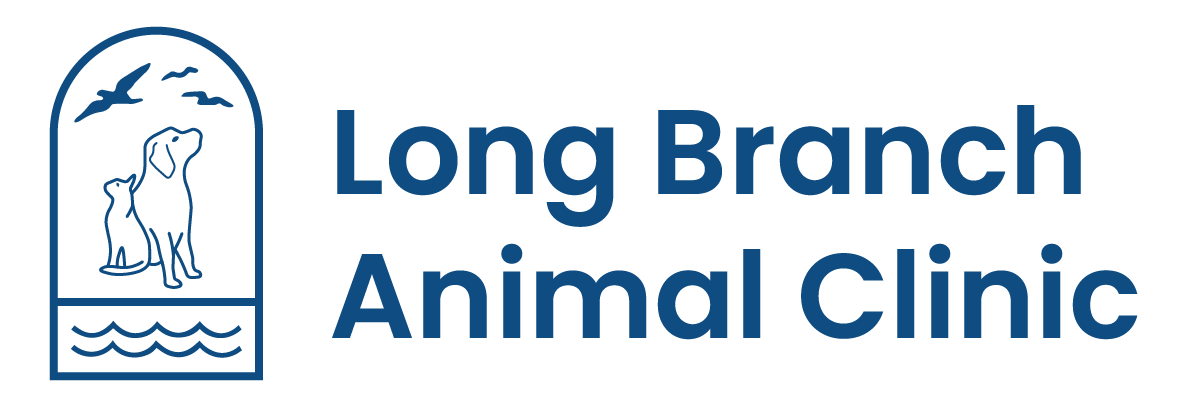Nutrition
Nutrition is a critical aspect of preventative healthcare in pets.
With so many different brands available in an unregulated market, choosing the right food for your pet can be challenging. Unlike Veterinary exclusive diets, the claims on retail pet foods are all too often not backed up by clinical research. All claims made on our diets are backed by real clinical studies and have proven track records.
With an unregulated pet food market in Canada, manufactures are only required to give the pet food a name, state who it is intended for and print the weight of the bag. This is why if you chose a food that has been purchased from somewhere other than your veterinarian it is critical to contact the manufacturer and ask them a few questions.
Do they manufacture their own foods? Do they employ a board certified nutritionist? Are there any peer reviewed studies on their foods? Do they employ full-time veterinarians? Is the food formulated to meet AAFCO standards or feeding trial tested?
Foods listed “for all Life Stages” are in fact puppy and kitten foods, as they have the highest nutritional requirements. This is true even when the name suggests otherwise. This means that they may contain excessive levels of some nutrients and have higher protein levels. These food are not suitable for adult, overweight or mature pets.
Healthy pets over the age of 7 years should be switched from the adult diet to a mature or senior formula to best meet their changing needs. Long Branch Animal Clinic carries diets that are specially formulated to help fight senility, house soiling and the “slowing down” often associated with age and arthritis.

Did you know?
Animal by-products, such as organ meat, are some of the most nutritious parts of the animal. They contain high quality proteins and nutrients.
Large breed puppies (puppies that will weigh over 55 lbs as adults) should be fed a large breed puppy food and not a “regular” puppy food, to reduce the risk of bone malformations, growing pains and obesity.
Most Veterinary exclusive cat foods regulate the ph of a cat’s urine, greatly reducing the risk of struvite crystals from forming. Crystals in the urine, especially in that of male cats can cause an extremely painful and life threatening urethral blockage. Many pet store and grocery store foods while being nutritionally adequate do not regulate the ph, a critical aspect in preventing crystals from forming.
Dogs are omnivores. Foods with grains are as digestible as grain-free foods. “Grain-free” is misleading as these diets can contain carbohydrates from other sources, such as sweet potato, which contain more carbohydrates than corn. There is no nutritional foundation to support a grain-free diet.
Animals can’t store protein. Excess protein is excreted by the kidneys and forces them to work harder. Excessive proteins levels can cause kidney disease. Dog foods should not exceed 30% protein for adult dog maintenance. Cat foods should not exceed 45% protein for adult cat maintenance. Long Branch Animal Clinic carries a large selection of Veterinary Exclusive diets that best meet the needs or all our patients.
Our team has advanced education on the most recent advances in nutrition. Dr. Worthy and Jennifer Raykoff have both toured the Royal Canin dry food manufacturing plant in Guelph and can personally attest to the quality of their products. Whether your pet is healthy or has a health condition we can help you choose the best diet for the life of your pet.

By-Products as Ingredients
A by-product by definition:
“Something produced in the making of something else” Examples: Vitamin E, Jell-O, Vegetable oils (flaxseed oil, corn oil, soy oil)
Pets eating a balanced diet do not benefit from the feeding of bones or table scraps. Feeding table scraps can lead to obesity, vomiting, diarrhea, finicky eating habits, dental disease, and even severe illnesses such as pancreatitis, food poisoning, and orthopedic problems. Feeding bones whether cooked or raw carries the additional risk of broken teeth, mouth injuries, severe constipation, and potentially fatal intestinal perforations.



